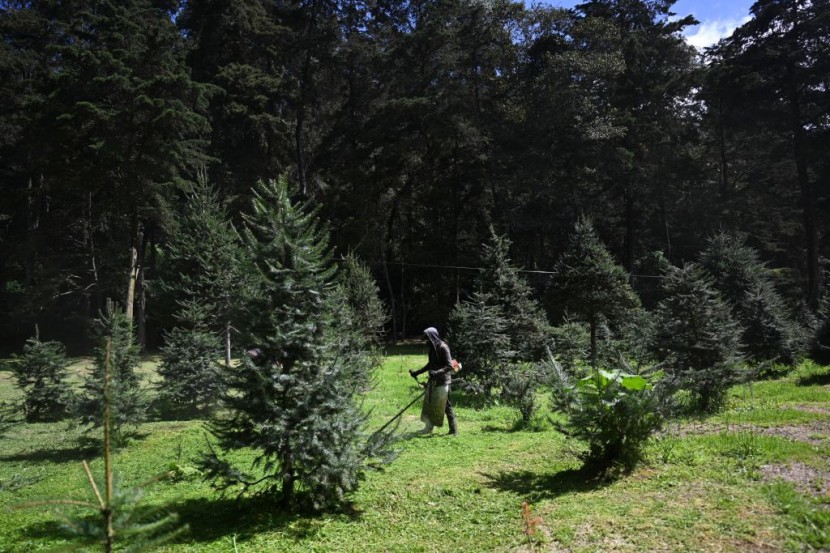
How land plants were able to suck water from the soil to move into almost all parts of the globes; how this mechanism is finally understood after 100 years.
Land Plants' Ways of AdaptationTo Absorb Water
A group of scientists, headed by Yale University researchers, presume they have finally solved the riddle of why plants evolved such complicated vascular systems, which has baffled researchers for around a century, reported Science Alert.
About 500 million years ago, plants evolved to take advantage of the land with simple vascular systems. Their roots and stems look like a bundle of straws for absorbing water and nutrients in the surroundings of the plants. But about 420 million years ago, when changes to the roots and stems for absorbing water had evolved more. These ends split into smaller parts and all forms to draw in liquid effectively, per PNAS.
Evolution of Roots Remain a Mystery for 100 Years
For nearly a century, researchers were baffled about why evolution preferred these rather complex interiors. A recent study of the fossil evidence suggests a more modern vascular system might be more drought-tolerant.
One of the reasons for the new adaptations of land plants is probably how the inner parts of the plants are different in sucking water. The study pointed out that the first plants that evolved to occupy land were mostly small and simple, moss-like forms. But these kinds of plants lack roots because there was water all over, noted Science Daily.
Since plants started moving much farther inland into even drier regions, they needed ways to gain water, sunlight, and nutrients, even as they protected themselves from vaporization and fluid loss.
Adaptation led to the development of roots and branches that were very helpful, but the presence of these extra parts was the source of new problems. The quandy was solved after 100 years. In drought, when no moisture dries out vegetation, they make a vapor bubble like an embolism that stops liquid from getting absorbed in the plant roots.
For a simple and primitive vascular system that develops an air bubble in its tissue; that can spread out to other channels or straws, that stops the absorption of sustenance for the plant. It can start the death of plant tissues and kill them as well.
One observation in comparing the vascular systems of modern compared to fossil remains in the rocks. One advantage of more developed plants is the ability to prevent the formation of air bubbles. Models indicate that air bubbles have fewer neighbors to propagate to when the patterns that constitute a plant's circulatory tissue are kept separate. Findings based on researchers show that drought is a convincing impetus to lead to the change in the tissues of vegetation, states Science.
Plant physiologist Craig Brodersen explained changing from a cylindrical vascular system when it changes; enables a better chance of drought. Plants have constantly been changing and adapting to more complex tissues. These small changes allowed plants to survive into what they are now, or they will also be extinct. It's a reflection of the earth's past to the future.
Points to the adaptability of flora to the environment and its changes. This is keyed in how to have better roots and tissues; for crops. The evolution of land plants to absorb water, with root systems and vascular membranes to suck water, does clear up everything after 100 years.
© 2025 HNGN, All rights reserved. Do not reproduce without permission.








